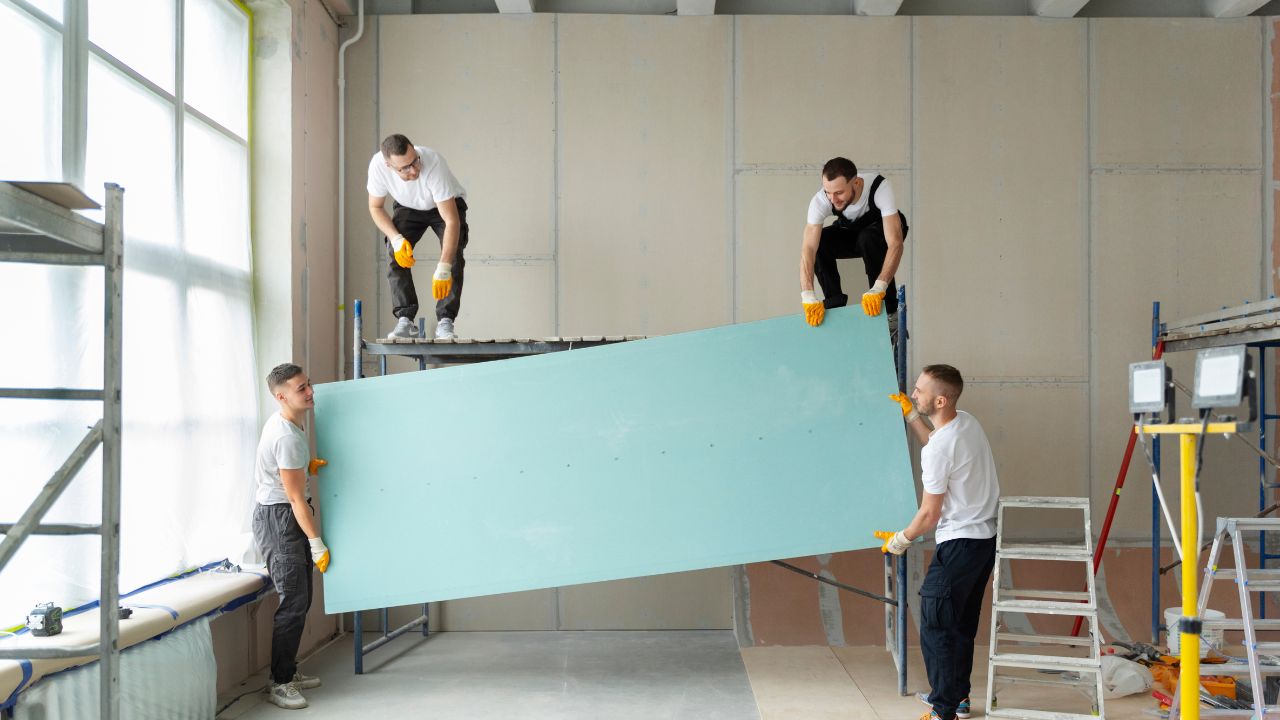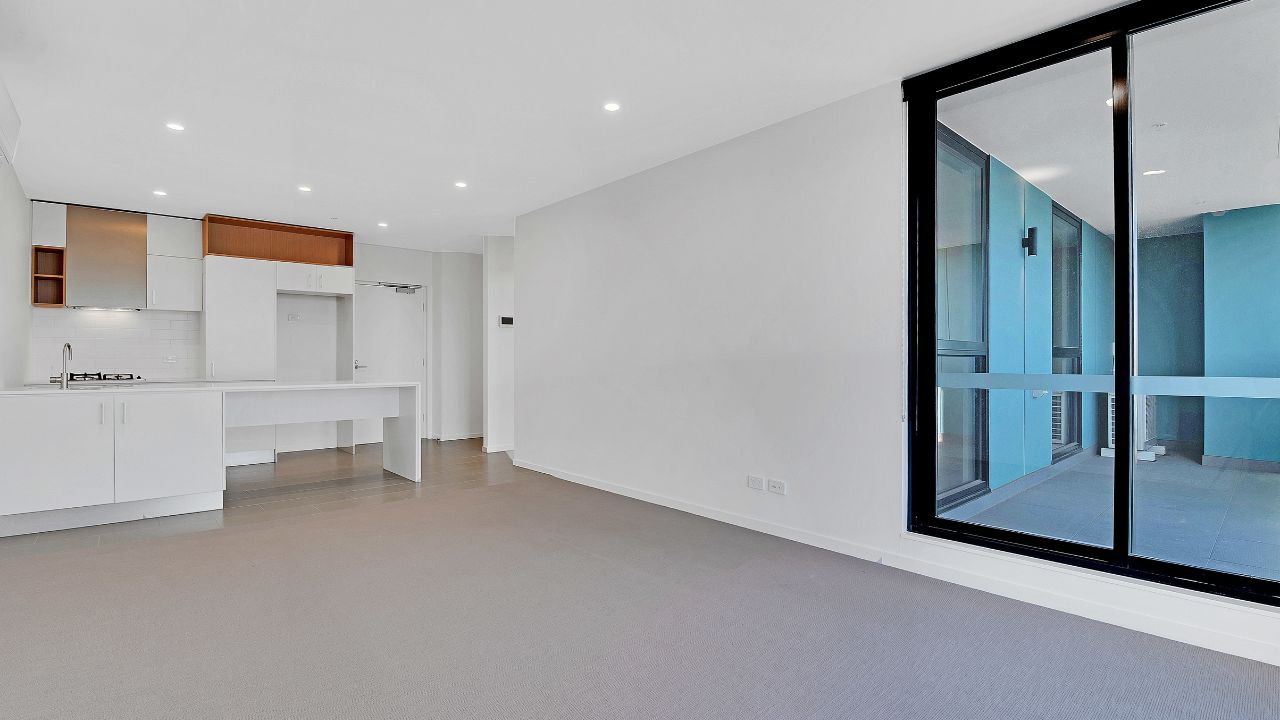Cost To Replace Drywall
When it comes to home improvement projects, one essential aspect is understanding the cost involved. If you’re considering replacing drywall in your home, you’ll want to have a clear idea of the expenses you might incur. In this article, we’ll delve into the cost to replace drywall and what factors can affect it.
The cost of replacing drywall typically ranges from $8.00 to $10.00 per square foot, though it can vary considerably depending on various factors such as site conditions and chosen options.
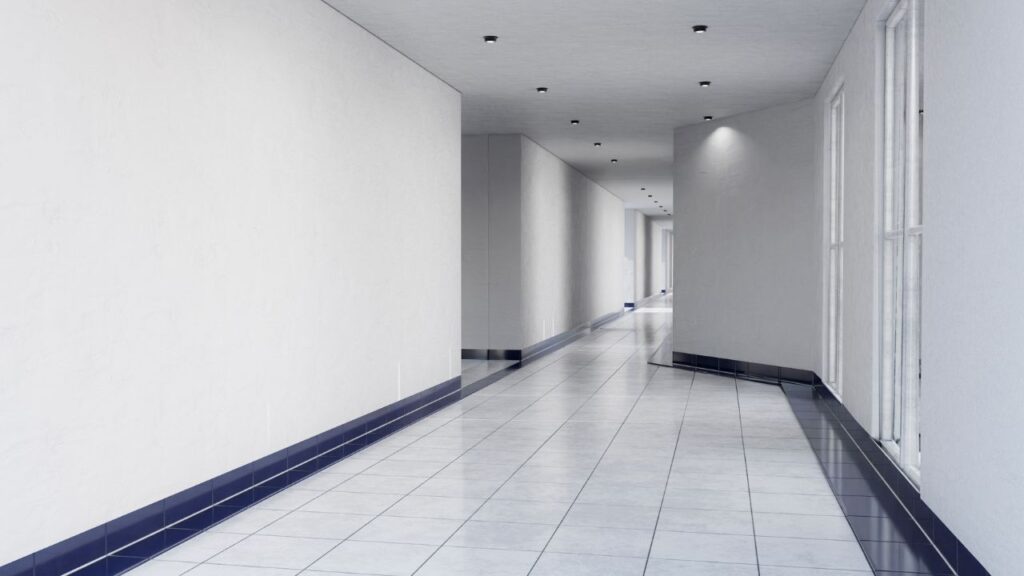
When considering a drywall replacement project, it’s important to take into account the specific requirements of your space, including any necessary repairs or modifications, as these can significantly influence the overall cost. Additionally, factors like the quality of materials, labor costs, and geographical location can also impact the final expense, so it’s advisable to obtain multiple quotes from contractors and carefully plan your budget to ensure a successful and cost-effective renovation or repair.
What Is Drywall?
Drywall, also known as gypsum board or plasterboard, is a common building material used to create walls and ceilings. It consists of a core of gypsum sandwiched between layers of paper. Over time, drywall can become damaged, leading to the need for replacement.
Signs It's Time to Replace Drywall
Before we discuss the cost, it’s important to recognize when it’s time to replace your drywall. Signs may include water damage, cracks, holes, or significant wear and tear. Replacing damaged drywall can improve the aesthetics and structural integrity of your home.
Factors Affecting Drywall Replacement Cost
Several factors can influence the cost of replacing drywall, including:
- Location: Costs may vary depending on where you live. In urban areas, where the cost of living is higher, you can expect to pay more for labor and materials. Conversely, rural areas may have lower labor and material costs.
- Drywall Thickness: The thickness of the drywall sheets can affect the cost. Thicker drywall may be more expensive, but it offers better insulation and soundproofing. For example, 5/8-inch drywall is often used for its enhanced fire resistance and acoustic properties.
- Drywall Type: Some specialty drywall types can be more expensive. For example, moisture-resistant or fire-resistant drywall will cost more than standard drywall. These specialty types are essential in areas prone to high humidity or where fire safety is a concern.
- Size of the Area: The larger the area you need to replace, the higher the cost. Larger projects require more materials and labor, which can drive up the expenses. Small repairs may be relatively affordable, while replacing drywall in an entire home can be a significant investment.
- Complexity: Intricate designs or hard-to-reach areas can increase the cost. If your project involves curved walls, vaulted ceilings, or other complex architectural features, it will be more labor-intensive and costly. Such projects often require specialized skills and tools.
Cost Breakdown
The basic cost to replace drywall is typically between $8.00 and $10.00 per square foot. However, this cost can vary based on the factors mentioned above. To get an accurate estimate, it’s advisable to consult with professionals or use online cost calculators. It’s important to break down this cost further:
- Materials: This covers the cost of the drywall sheets, joint compound, tape, and screws. The choice of materials can impact the overall cost. Consider using high-quality materials to ensure durability and a better finish.
- Labor: Labor costs can vary depending on your location and the complexity of the project. Experienced contractors may charge more for their expertise, but their work can result in a smoother and more professional finish. Labor costs may also include the removal of old drywall, which can be time-consuming.
- Finishing and Painting: After the drywall is installed, it needs to be finished and painted, adding to the overall cost. The finishing process includes smoothing the seams, corners, and any imperfections in the drywall. A quality paint job can transform your space, so choose colors and finishes that match your aesthetic.
- Additional Costs: These may include permits, disposal of old drywall, and any repairs needed before installation. Always consider these additional costs in your budget planning.
DIY vs. Professional Replacement
Deciding whether to replace drywall yourself or hire professionals is a crucial decision. DIY projects are cost-effective but may be time-consuming and require skill. Professional services ensure a high-quality finish but come at a higher cost. If you’re confident in your DIY abilities and have the time, tackling a drywall replacement project can save you money. However, for larger or complex projects, it’s often best to leave it to the experts for a seamless finish.
Preparing for Drywall Replacement
Before replacement, it’s essential to prepare the area. This includes removing furniture, covering floors and other surfaces, and addressing any underlying issues, such as water leaks. Adequate preparation ensures a smoother and more efficient replacement process. Additionally, protecting your furniture and belongings from dust and debris is crucial during the project.
The Replacement Process
The drywall replacement process involves several steps:
- Removal: The damaged drywall is removed, and any underlying structural issues are addressed. This step may reveal the extent of the damage and any hidden problems that need fixing.
- Installation: New drywall sheets are installed and secured in place with screws. Proper installation is critical to the durability and longevity of the drywall.
- Taping and Mudding: The seams between the drywall sheets are taped, and joint compound is applied to create a smooth surface.
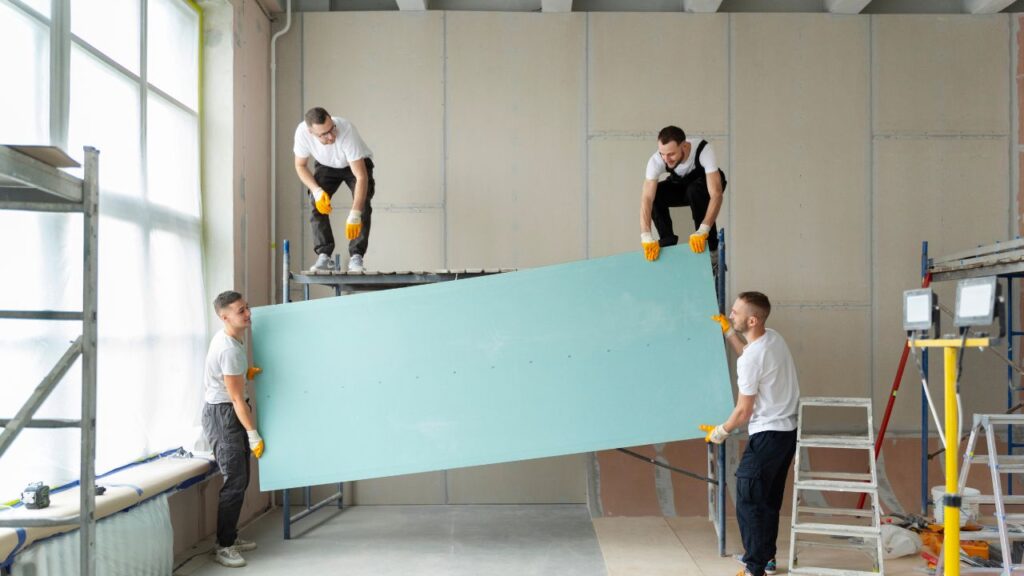
The quality of this work greatly impacts the final appearance.
- Sanding: After drying, the joints are sanded to create an even finish. This step is essential to achieve a seamless look.
Finishing and Painting
After the new drywall is in place, it needs to be finished and painted. This step adds to the overall cost but is crucial for achieving a polished appearance. The finishing process includes smoothing the seams, corners, and any imperfections in the drywall. Proper sanding and priming are vital to create a smooth canvas for painting. A high-quality paint job enhances the aesthetics of the space and protects the drywall.
Benefits of Replacing Drywall
Replacing damaged drywall has several advantages, including improved aesthetics, structural integrity, and potential energy efficiency gains. It also provides a fresh canvas for redecorating. Upgrading your drywall can modernize your home and increase its resale value. Some additional benefits include:
- Enhanced soundproofing: Thicker drywall or specialized acoustic drywall can reduce noise transfer between rooms.
- Improved fire resistance: Fire-resistant drywall can provide an extra layer of safety.
- Better insulation: Thick drywall and insulation can help maintain a comfortable indoor temperature.
Common Drywall Alternatives
While drywall is the standard choice, there are alternatives like wood paneling or plaster. These options may come with different cost considerations. Wood paneling can add a rustic or classic look, while plaster provides a unique, textured finish. Consider these alternatives if you want to give your space a distinctive appearance. However, it’s important to note that these alternatives may have their own unique installation and maintenance requirements.
Get a Drywall Cost Estimator
Drywall installation costs $1.90 to $3.80 per square foot of wall surface or $35 to $78 per sheet, including labor and materials for hanging, taping, and finishing. The cost to install a drywall ceiling is $2.50 to $4.80 per square foot.
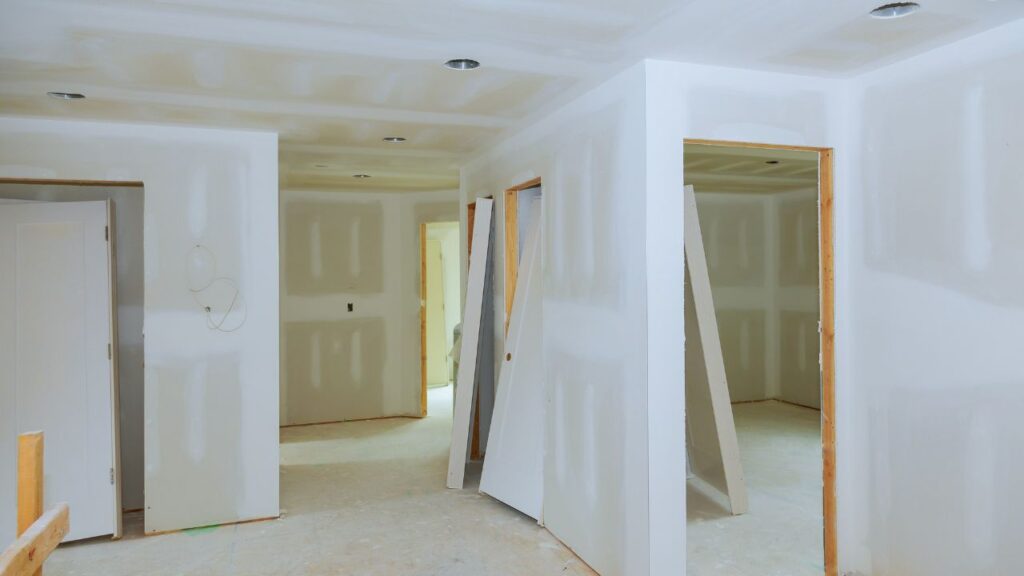
How to Save on Drywall Replacement
To cut costs, you can opt for DIY projects, get multiple quotes from contractors, and choose cost-effective materials. It’s also wise to address any underlying issues to prevent future damage. Additionally, consider reusing existing drywall if it’s still in good condition in some areas of your home. This can reduce the amount of new drywall needed and cut down on expenses. Here are some cost-saving tips:
- DIY: If you have the skills and time, consider tackling some aspects of the project yourself, such as removal or painting.
- Compare Quotes: Obtain quotes from multiple contractors to find the most competitive pricing.
- Reuse When Possible: If sections of your existing drywall are in good condition, consider keeping them to reduce costs.
- Regular Maintenance: Conduct regular maintenance to address minor issues before they become major problems.
Conclusion
Understanding the cost to replace drywall is essential when planning your home improvement project. The cost can vary based on various factors, and it’s essential to make an informed decision regarding DIY or professional replacement. Ensure that you consider the quality of materials and workmanship to achieve the best results, and always account for potential additional costs.
Frequently Asked Questions
Yes, you can replace drywall in one room at a time to manage costs and disruptions. It’s a convenient approach if you want to tackle the project gradually.
The time required for drywall replacement depends on the size and complexity of the project. For a standard room, it can take a few days to a week. Complex projects may take longer.
Yes, there are eco-friendly drywall options made from recycled materials. These can be a sustainable choice for environmentally conscious homeowners.
Painting the drywall yourself is a cost-saving option if you have the necessary skills. However, consider hiring a professional painter for the best results.
Permit requirements can vary by location, so it’s advisable to check with your local building authority. Some minor repairs may not require permits, but major renovations often do. Always check with the relevant authorities to ensure compliance with local regulations.
Process To Get Replace Drywall Cost Estimate Report
Here I am going to share some steps to get your replace drywall cost estimate report.
-
You need to send your plan to us.
You can send us your plan on info@estimatorflorida.com
-
You receive a quote for your project.
Before starting your project, we send you a quote for your service. That quote will have detailed information about your project. Here you will get information about the size, difficulty, complexity and bid date when determining pricing.
-
Get Estimate Report
Our team will takeoff and estimate your project. When we deliver you’ll receive a PDF and an Excel file of your estimate. We can also offer construction lead generation services for the jobs you’d like to pursue further.
Google Reviews





